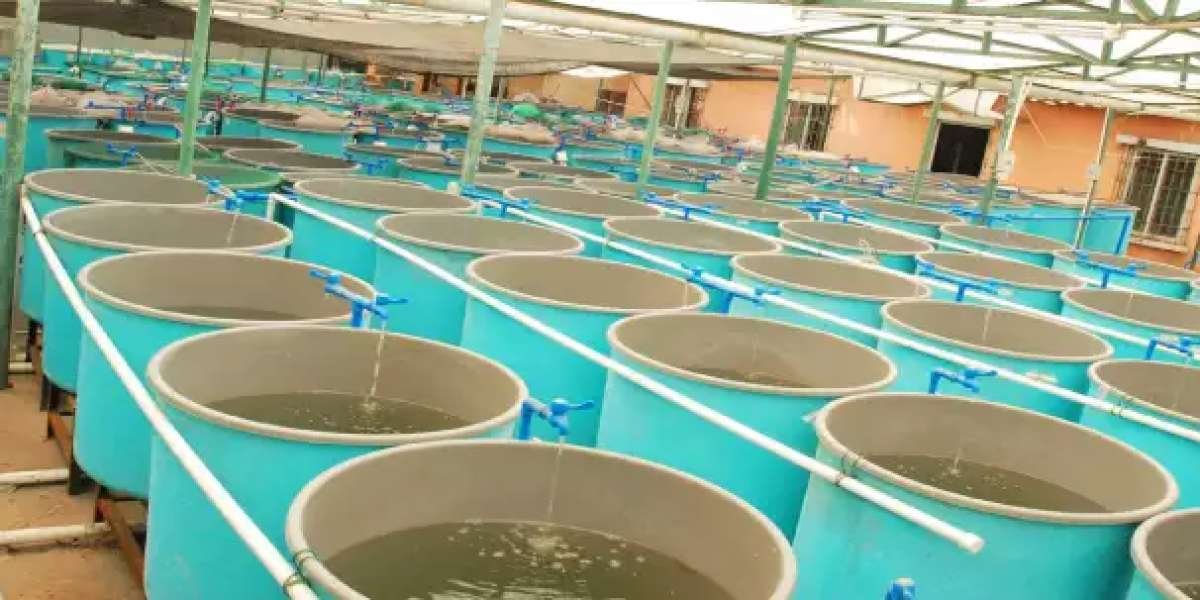In the quest for sustainable solutions, industries are turning towards bio-based alternatives, and the polymer industry is no exception. Bio-emulsion polymers, hailed as a breakthrough in eco-friendly materials, are garnering attention for their versatility, performance, and environmentally responsible attributes. As global awareness of climate change and environmental degradation grows, the Middle East and Africa Bio-emulsion Polymers Market is poised for significant expansion. This article delves into the dynamics driving this burgeoning market and its potential impact on various sectors.
Understanding Bio-Emulsion Polymers:
Bio-emulsion polymers, derived from natural sources such as plant-based materials or renewable feedstocks, offer a compelling alternative to conventional petroleum-based polymers. These polymers are synthesized through emulsion polymerization, a process wherein monomers are dispersed in water and polymerized to form stable emulsions. The resulting bio-emulsion polymers exhibit properties akin to their synthetic counterparts, including adhesion, flexibility, and durability.
Market Drivers:
The escalating demand for sustainable materials is the primary driver propelling the growth of the Bio Emulsion Polymers Market Size. With mounting environmental concerns and stringent regulations governing traditional polymers, industries are seeking greener alternatives to reduce their carbon footprint and mitigate ecological impact. Bio-emulsion polymers, characterized by their renewable sourcing and biodegradability, align with this sustainability agenda, fostering their adoption across diverse applications.
Additionally, the shift towards circular economy models is amplifying the market prospects for bio-emulsion polymers. As stakeholders prioritize recycling and resource efficiency, bio-based materials emerge as pivotal enablers of circularity, offering recyclability and compostability without compromising performance. This circularity paradigm underscores the resilience of bio-emulsion polymers in a rapidly evolving market landscape.
Key Applications:
The versatility of bio-emulsion polymers transcends multiple sectors, encompassing paints and coatings, adhesives, textiles, and construction materials. In the paints and coatings industry, bio-emulsion polymers serve as eco-friendly binders, imparting excellent film-forming properties and enhancing coating durability. Similarly, in adhesives and sealants, these polymers offer superior bonding strength while reducing reliance on fossil-derived inputs.
Moreover, the textile industry is witnessing a paradigm shift towards sustainable fibers, with bio-emulsion polymers emerging as a preferred choice for textile finishing and coating applications. By imparting water repellency and stain resistance to fabrics, these polymers cater to consumer preferences for eco-conscious apparel.
In the construction sector, bio-emulsion polymers find application in mortar additives, waterproofing membranes, and architectural coatings, where their compatibility with cementitious materials enhances performance and longevity. The incorporation of bio-based polymers in construction materials underscores the industry's commitment to sustainable practices and green building initiatives.
Market Challenges:
Despite the promising prospects, the bio emulsion polymers companies faces several challenges, including scalability of production, cost competitiveness, and performance parity with synthetic counterparts. Achieving economies of scale in bio-based polymer production necessitates investments in research and development, process optimization, and infrastructure development.
Moreover, the price differential between bio-emulsion polymers and conventional polymers poses a hurdle to widespread adoption, particularly in price-sensitive markets. While advancements in biotechnology and process efficiencies are gradually narrowing this gap, cost competitiveness remains a critical consideration for market penetration.
Furthermore, ensuring consistent quality and performance equivalence vis-à-vis synthetic polymers is imperative to foster consumer confidence and drive market acceptance. Addressing these challenges requires collaborative efforts across the value chain, encompassing academia, industry, and regulatory bodies, to accelerate innovation and overcome technical barriers.
Key Players:
Some of the prominent players operating in the global Middle East and Africa Bio-emulsion Polymers Market are BASF SE (Germany), The Lubrizol Corporation (U.S.), Clariant (Switzerland), Cytec Industries Inc (U.S.), DIC CORPORATION (Japan), Arkema S.A.(France), Nuplex Industries Ltd (Australia), Trinseo (U.S.), OMNOVA Solutions Inc (U.S.) and The Dow Chemical Company (U.S.) among others.
Future Outlook:
Despite the challenges, the Middle East and Africa Bio-emulsion Polymers Market is poised for exponential growth, buoyed by evolving consumer preferences, regulatory imperatives, and technological advancements. As sustainability takes center stage in global agendas, bio-based materials will play an increasingly pivotal role in shaping the future of industries.
Innovations in biopolymer chemistry, coupled with investments in green infrastructure and policy support, will catalyze the transition towards a bio-based economy. The Middle East and Africa Bio-emulsion Polymers Market, with its inherent eco-friendly attributes and versatile applications, is primed to capitalize on this transformative momentum, offering a sustainable pathway towards a greener, more resilient future.
In conclusion, the emergence of bio-emulsion polymers represents a paradigm shift in the polymer industry, heralding a new era of sustainability and innovation. By harnessing the potential of renewable resources and leveraging advanced manufacturing techniques, bio-emulsion polymers are poised to redefine industry standards and catalyze sustainable development initiatives worldwide. As stakeholders embrace the ethos of responsible stewardship, the Middle East and Africa Bio-emulsion Polymers Market stands as a beacon of hope in the journey towards a more sustainable and prosperous future.
About Market Research Future:
At Market Research Future (MRFR), we enable our customers to unravel the complexity of various industries through our Cooked Research Report (CRR), Half-Cooked Research Reports (HCRR), Raw Research Reports (3R), Continuous-Feed Research (CFR), and Market Research Consulting Services. MRFR team have supreme objective to provide the optimum quality market research and intelligence services to our clients. Our market research studies by Components, Application, Logistics and market players for global, regional, and country level market segments, enable our clients to see more, know more, and do more, which help to answer all their most important questions.
Contact:
Market Research Future®
99 Hudson Street,5Th Floor
New York, New York 10013
United States of America
Phone:
+1 628 258 0071(US)
+44 2035 002 764(UK)
Email: sales@marketresearchfuture.com
Website: https://www.marketresearchfuture.com



